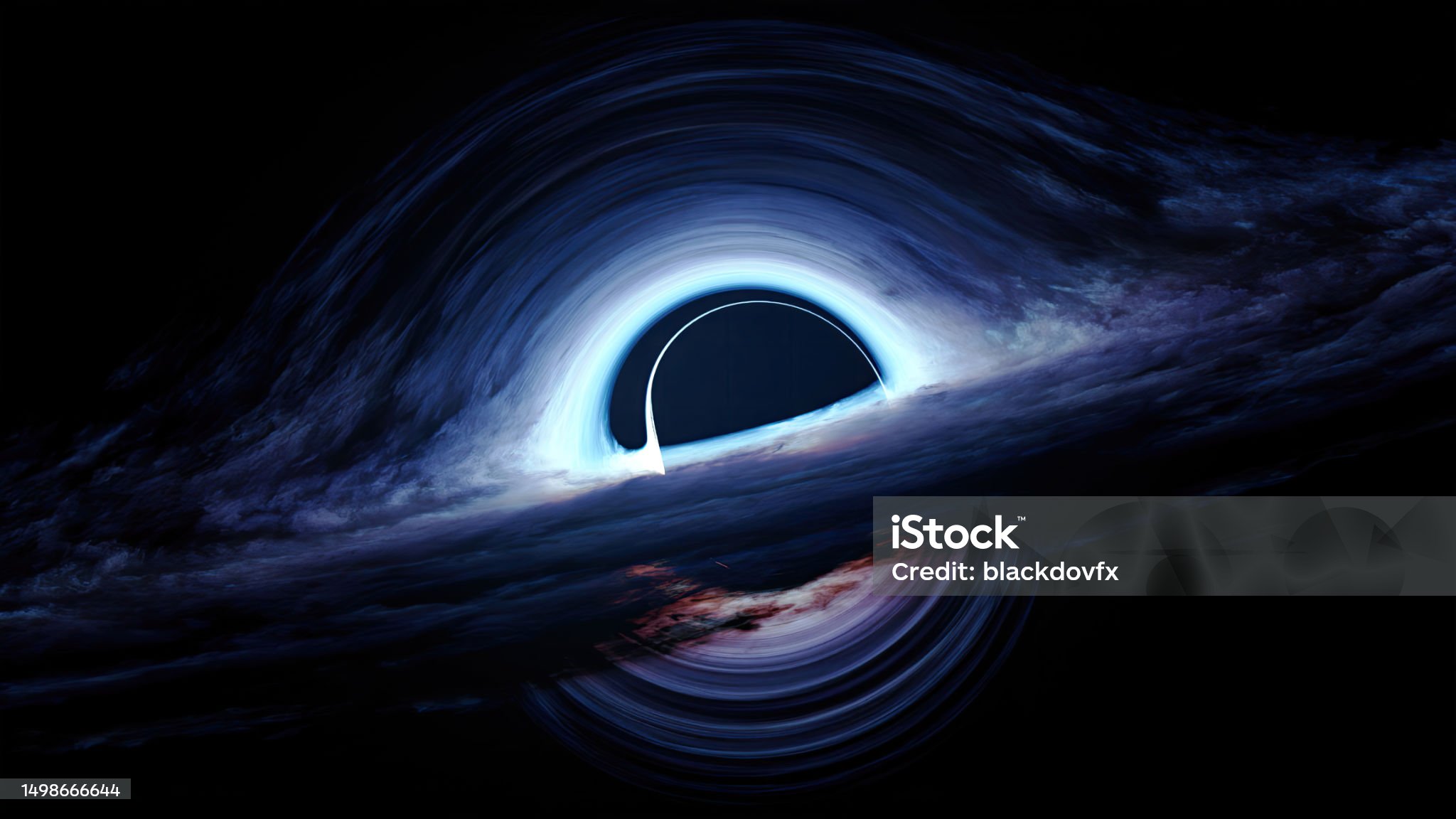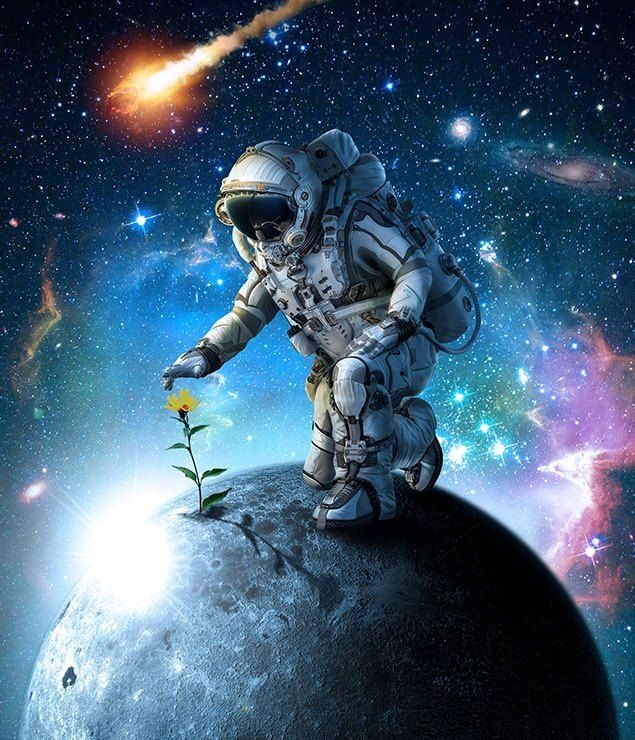Is Our Universe Inside a Spinning Black Hole?

At first glance, this idea might sound like science fiction, but recent advances in modern astrophysics and space technology are challenging our conventional understanding of the universe. New observations from the James Webb Space Telescope (JWST) have brought forward a fascinating possibility — that our entire universe may actually reside inside a gigantic spinning black hole.
What exactly is a black hole?
A black hole is a region in space where gravity is so intense that not even light can escape. The fabric of space-time curves so dramatically that all paths lead inward. Once anything crosses the black hole’s boundary, called the event horizon, it can never return. This event horizon marks the invisible “point of no return.”
Interestingly, our universe has a similar kind of boundary. The part of the universe we can see is called the observable universe. It has a radius of about 46 billion light-years, limited by the speed of light and the age of the universe. Beyond this horizon, no information has yet reached us.
When scientists calculate the total mass contained within the observable universe, they find that it roughly matches the size a black hole of equivalent mass would have. This curious coincidence has intrigued researchers for decades.
How did scientists realize this?
Recently, the JWST analyzed the spin patterns of 263 galaxies. If the universe were perfectly uniform, about half of these galaxies should spin clockwise, and half counterclockwise, or else randomly. However, observations revealed nearly two-thirds of these galaxies spin clockwise, while one-third spin counterclockwise. This suggests a net rotational movement of the universe itself.
Where does this cosmic spin come from?
Usually, galaxies form from massive gas clouds full of chaotic turbulence, and each should spin independently and randomly. But the presence of a net universal spin hints that the entire cosmos may retain the angular momentum from an earlier state — consistent with the idea of a spinning black hole encompassing everything.
Is this conclusive?
Not yet. The study only sampled a few hundred galaxies, while billions exist. More data and deeper research are needed. Still, this possibility reveals just how mysterious and complex our universe truly is, far beyond the simple, static picture we once imagined.
Sources: BBC Science Focus, Royal Astronomical Society


Your blog is a constant source of inspiration for me. Your passion for your subject matter is palpable, and it’s clear that you pour your heart and soul into every post. Keep up the incredible work!
Signed up at 3355bet last week. Good variety of stuff to bet on, from sports to slots. Their customer service was quick to respond when I had a question too, which is always a plus.
811bet7, huh? Gave it a spin last night. Solid platform, decent odds. Nothing earth-shattering, but reliable. Here’s the link: 811bet7
The XOSO66APP is smooth as butter. I hate laggy gambling apps. This one’s great for making quick bets during the game. Give it a try if you’re on mobile. Worth downloading. xoso66app